When things go wrong in wild places, some people survive, while some people don’t. What makes the difference? Survival expert John Hudson has spent a lifetime studying that very question, and here shares some techniques for the British mountains that could just save your life.
The mountains can be dangerous. You can be enjoying one of Britain's best hikes one moment and be in trouble the next.
So if you find yourself in a potentially life-threatening situation in the hills, it’s good to know that you can influence your chances of survival. Or even better, prevent yourself ending up in that situation to begin with.
"Every story of survival that doesn’t rely on blind luck can be distilled down to three simple things,” says John. “The survival triangle: Goals. Effort. Hope. In every struggle those three things keep people going, whether on a mountain, in life, or in a capture and evasion situation like those we train for in the military.
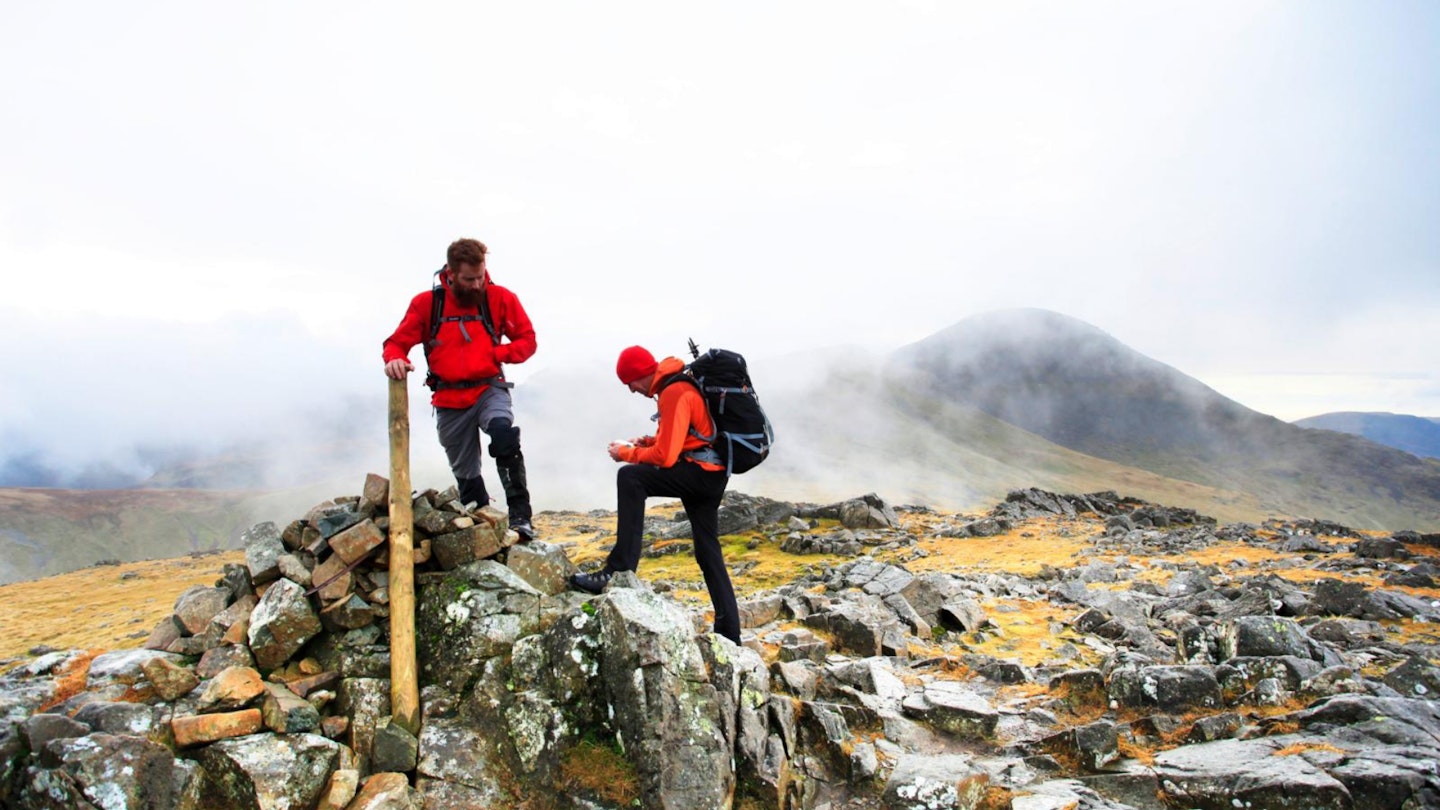
"Often in a crisis, people will behave in one of three ways. Some will know what to do, some will be stunned and a small minority will react badly. Taking a moment just to breathe is an amazing technique that can allow your brain to move out of panic mode and into a more useful frame of mind.
"It’s about accepting the circumstances – so you can work out what you can control and what you can’t. Adjusting your mindset and breaking a task down into achievable goals.
"But it’s far better to sidestep avoidable problems and prepare yourself to cope if anything does happen, and that’s all down to your planning and preparation. ‘Plan to fail’. Don’t just think how terrible it could be – make plans for specific scenarios and train your brain for what you would need to do. Risk assess it using threat versus likelihood, and equip yourself accordingly, mentally and physically."
So that’s the theory in a one-minute nutshell, but how does that relate to surviving what Britain’s mountains can throw at you?
5 common emergencies and how to survive them
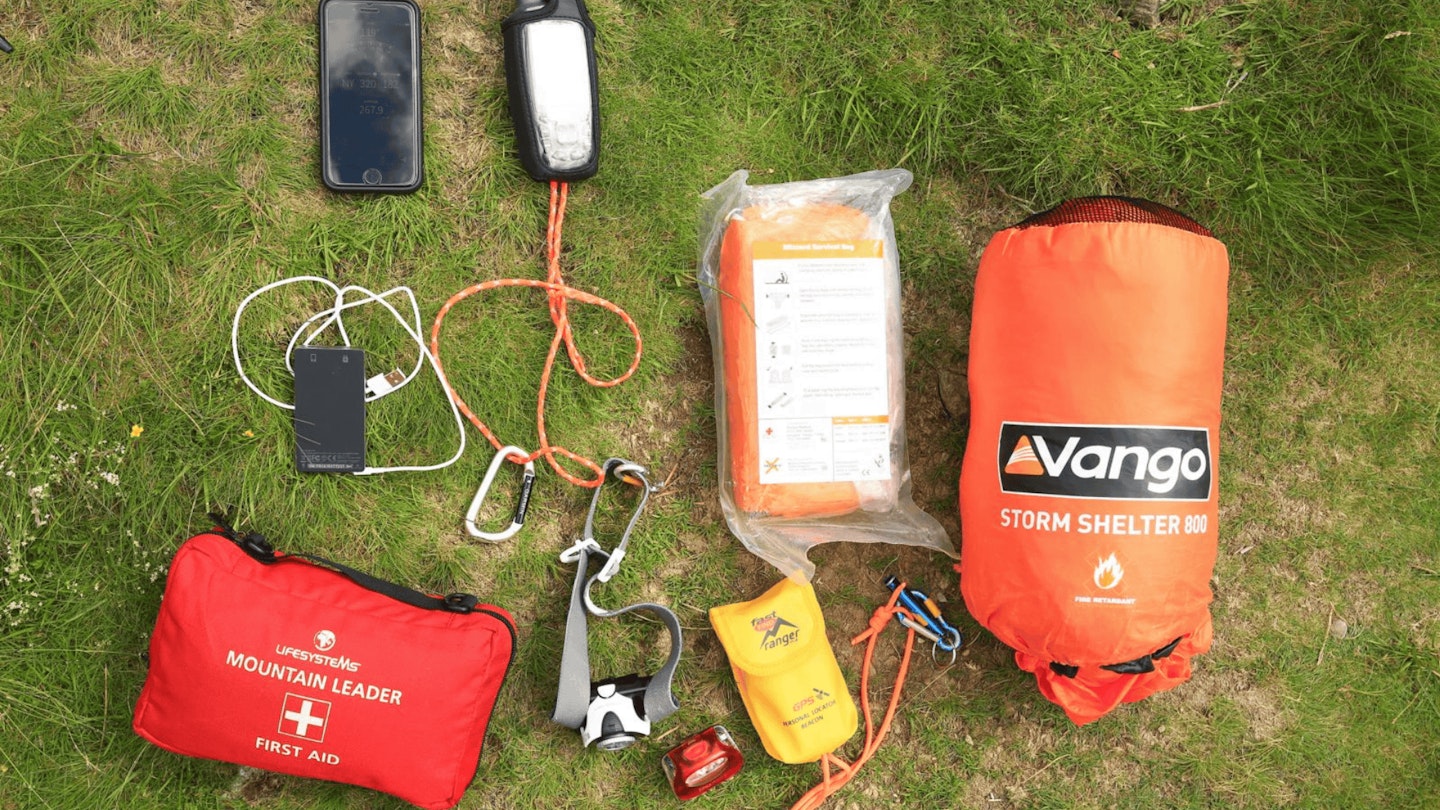
1. Trip or fall
"One of the biggest risks in the mountains is an injury, and so one of the most important things I teach for survival is to get yourself first aid trained.
"A well-stocked brain is your most valuable piece of kit, and so practicing techniques means that you build muscle memory and you will more likely react appropriately should someone get injured."
Be prepared: Carry a first aid kit.
2. Hypothermia
"As an air cadet doing my Duke of Edinburgh award near Tryfan in Snowdonia at the age of around 17, we learnt a valuable lesson. It was a classic Welsh summer, liquid sunshine at 100mph.
"Our group took the difficult decision to take shelter in a disused barn, while the other team toughed it out and ended up having to be evacuated by the emergency services due to hypothermia.
"Sometimes it’s better to get out of there or call for help, rather than trying to brave it and then realise you’ve left it too late."
Be prepared: Have the right kit, have the means to call for help (take that spare battery), know the signs of hypothermia and plan what to do should things not go to plan.
3. Getting lost
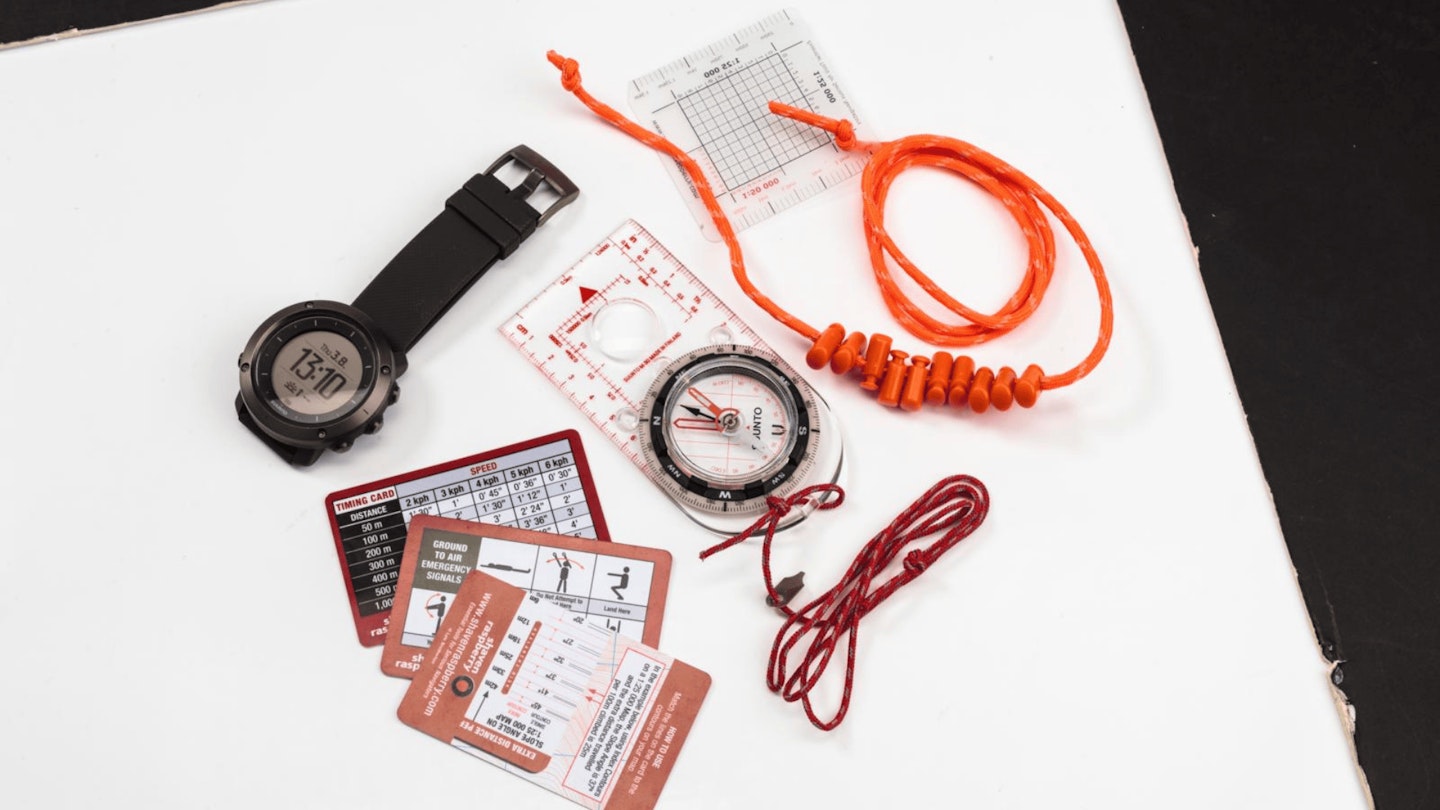
"Most people find themselves ‘geographically embarrassed’ because they keep going when they should stop. Just taking a moment (so long as you’re not stuck in the South American Andes in -30°C conditions, like we once were) gives you time to come up with a measured and considered plan, such as back bearings."
Be prepared: Refresh navigation skills regularly. Let people know where you’ve gone. Have means to call for help. Have back-up batteries.
4. Crag fast
"Before you set out, think through the possible scenarios and plan what you’ll do. Know your limits and at what point you’ll backtrack. Listen to your intuition.
"Survival stories have shown that if something isn’t right, it’s usually best to stop. Don’t keep going forwards. That way you won’t get yourself onto terrain that you can’t handle."
Breathe: If you find yourself starting to panic, take a moment: breathe in for four seconds in. Hold for four (if you can). And breathe four out.
5. Exhaustion
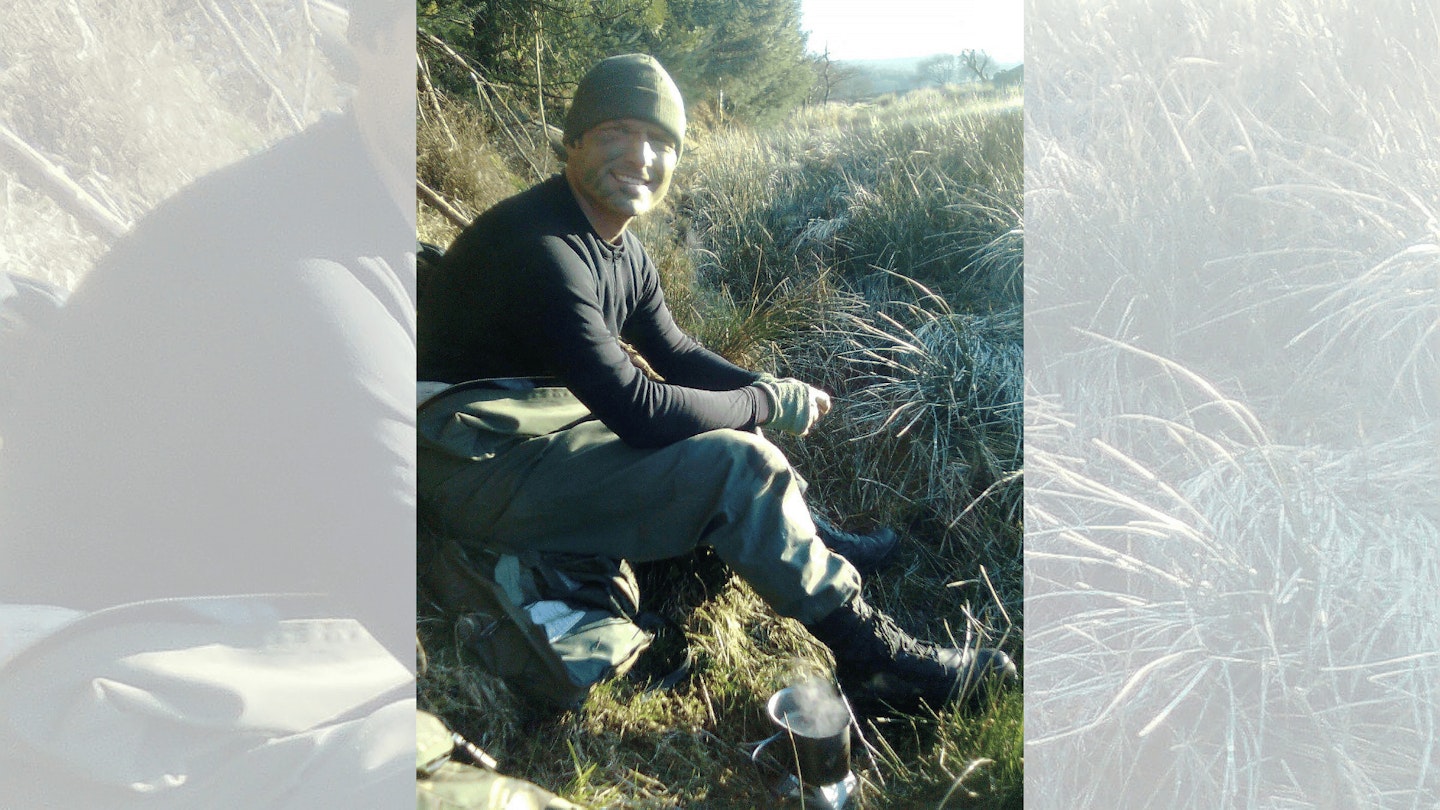
"In the TV show Survive That, I’ve been put in scenarios where I’ve been dropped off in the middle of nowhere and experienced real exhaustion. I’ve taken inspiration from others who’ve shown the human body’s amazing limits of endurance, and also from just taking small steps to change my situation, which helps keep me going.
"But nothing so far on TV has compared to military survival training. As a pilot I was in Bavaria in winter, being chased by soldiers with dogs for days.
"It was night and I was on a woodline looking out into a clearing, listening… when I saw a neon cartoon wasp. The next thing I knew I’d face planted the floor, having fallen asleep standing up."
Train your brain: Pushing your boundaries increases resilience. John calls it ‘hardship inoculation’.
6. Dehydration
“Start out hydrated! In the UK we have a cultural tendency to be dehydrated. But even 1% dehydration can impair cognition and that’s pretty easy to do, sweating up a steep hill on a warm day.”
Have a backup: John always takes a purification tablet with him, in case water runs out or his water bottle gets a leak.
How to prepare for emergencies
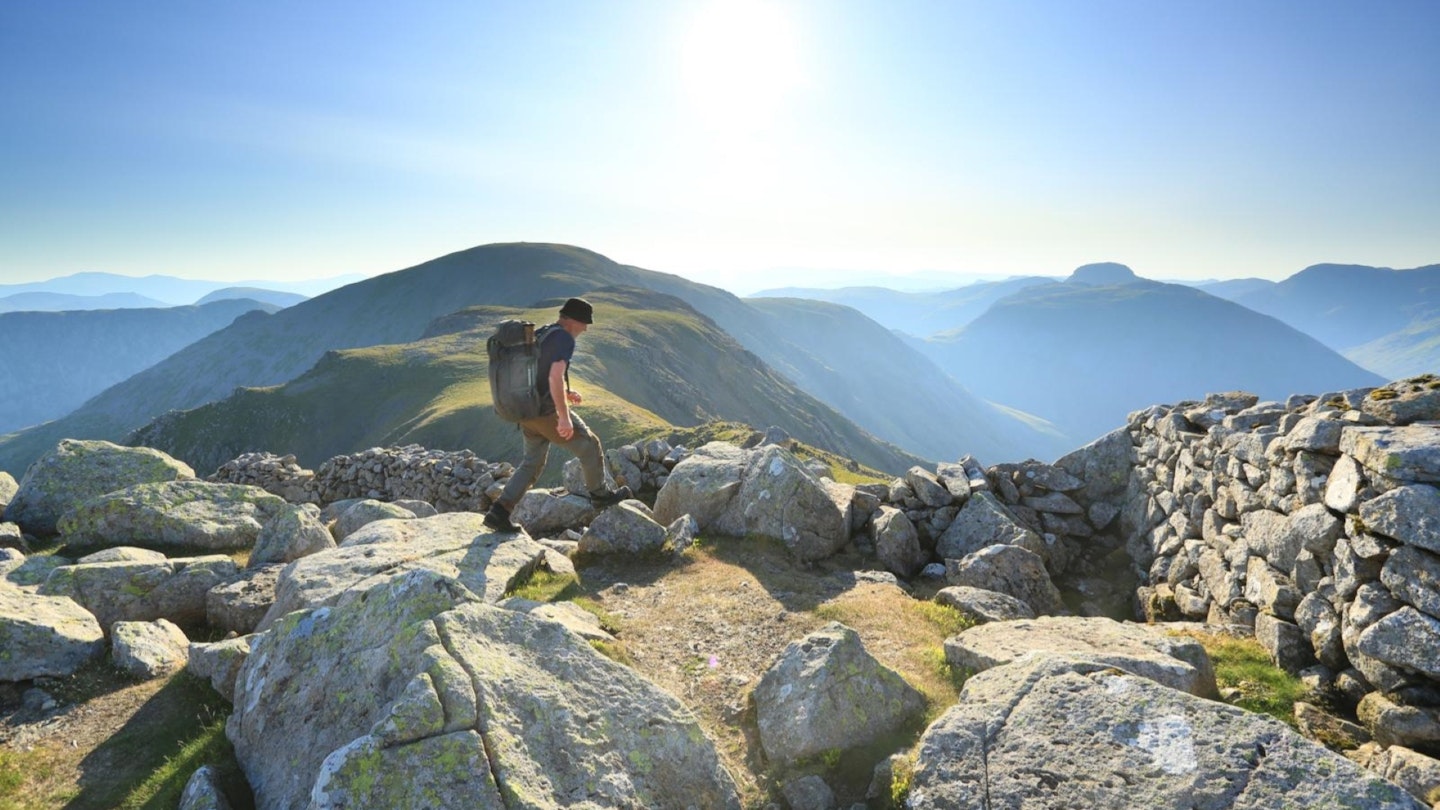
Stay protected
"You’ll die from lack of air, loss of blood or the cold pretty quickly. So they are likely to be your immediate priority."
Find a safe location
"Are you in a safe place, or a place you can be found?"
Acquiring water and food
"You can survive without these for days, so they’re next on the list. Finally, to survive you will need to navigate and work out where you are and where you need to go."
Always carry back-ups

"For all vital bits of kit, have a contingency. On the hill, you need to think about back-ups for navigation (map and compass, GPS, phone, magnetic needle) and calling for help (phone, backup battery, sign up for the Emergency Text Message service, leave a route plan and an ETA with someone)."
Rehearse your reaction
"In an emergency you’re more likely to react appropriately if you’ve already rehearsed the actions. It’s called muscle memory – it helps actions such as navigation and first aid come naturally under pressure."
Know the stars

"Unlike other stars that rotate around the night sky, the North Star (or Polaris) always points towards the north pole.
"To locate the North Star, first find the Plough (aka Big Dipper) constellation. Find the two pointer stars on the far side of the ‘pan’ opposite its handle. By following these stars 5x the distance of the two stars, you will find the North Star, which is the brightest in the constellation."
Here's some more info on how to navigate by the stars.
About the authors
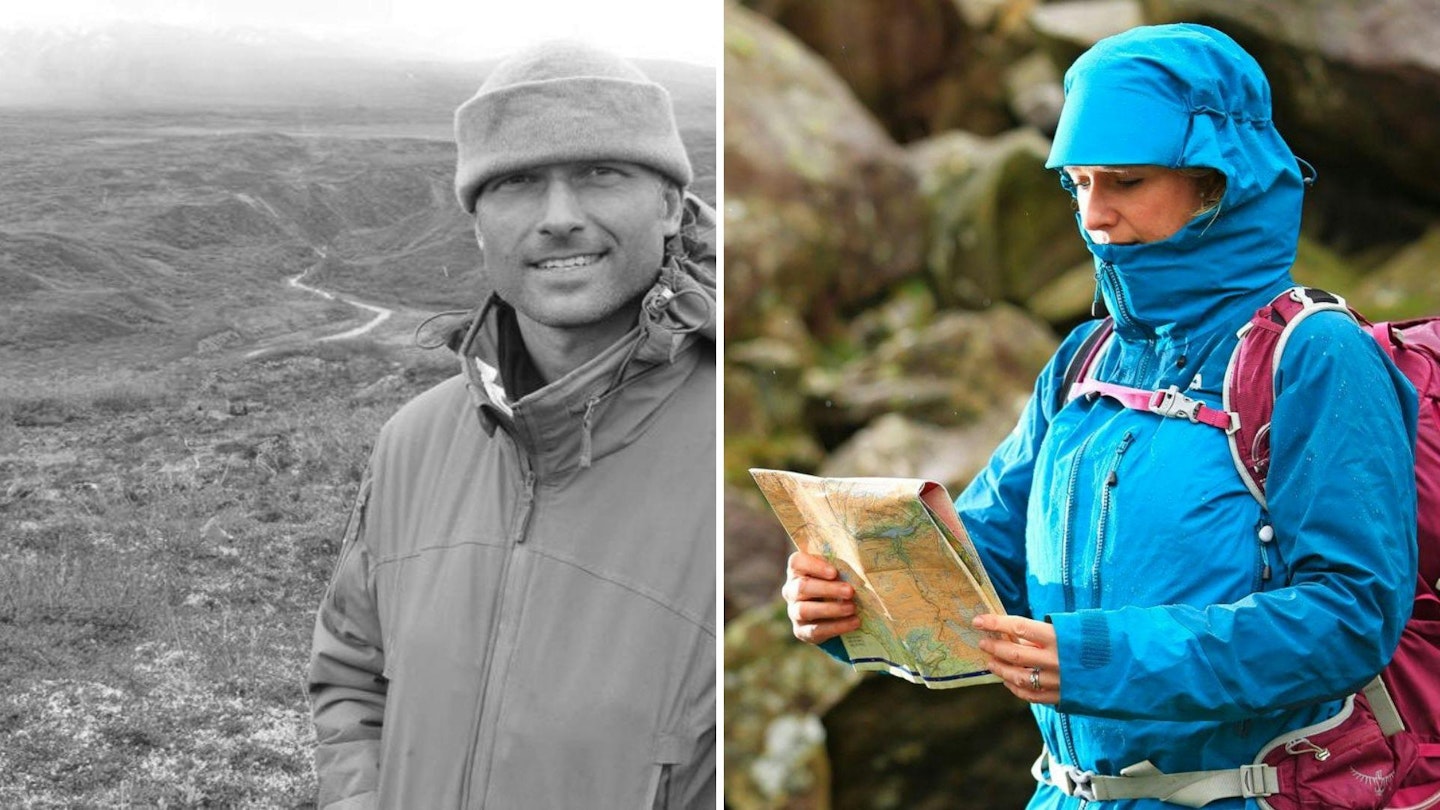
Jenna Maryniak was Trail magazine's deputy editor between 2016 and 2024. She's an experienced and passionate hillwalker who loves nothing more than bagging fells in the Lake District. She's also recently taken the plunge into scrambling and beginner climbing, and is our go-to expert on walking and camping in the hills with her dog Jerry.
With over 20 years studying survival, John Hudson is a survival, evasion, resistance and extraction chief instructor for the military and the author of How to Survive with a new ‘How to Survive a Pandemic’ chapter.
